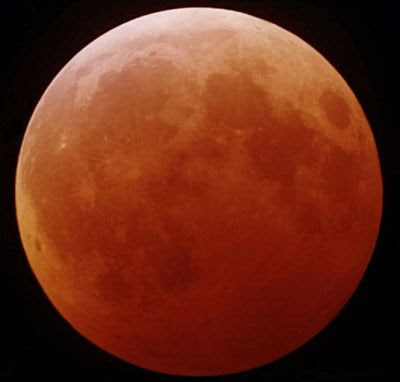
There will be a lunar eclipse on Saturday, where the Earth's shadow will gradually swallow the moon. It will be the first total lunar eclipse in two-and-a-half years and the spectacle can best be viewed along the east coast of Canada and the U.S. as well as South Africa, Europe and much of Asia.
In Ontario and points west, the moon won't rise until the eclipse is well underway, making it impossible for some to see it.
Some details on lunar eclipses:
What is a total lunar eclipse? An eclipse happens when a full moon, on its regular orbit, slides slowly into the shadow of the Earth.
When will the next one occur? Saturday, starting at 5:30 p.m. Atlantic time.
Who will be able to see it? The eastern Americas, Europe, Africa and much of Asia.
What does it look like? The eclipsed moon may appear orange, red or brown in colour as sunlight is filtered through the Earth's atmosphere.
How long will it last? It will take about three hours and 41 minutes for the moon to pass through the Earth's shadow.
Is it safe to watch a total lunar eclipse? Lunar eclipses, unlike solar eclipses, can be watched safely with the naked eye.
How rare are they? The most recent total lunar eclipse was nearly 2.5 years ago. Aside from Saturday's event, there will also be one in August.
*Thanks, SalTCBug

No comments:
Post a Comment
Contact The Wizard!
(he/him)